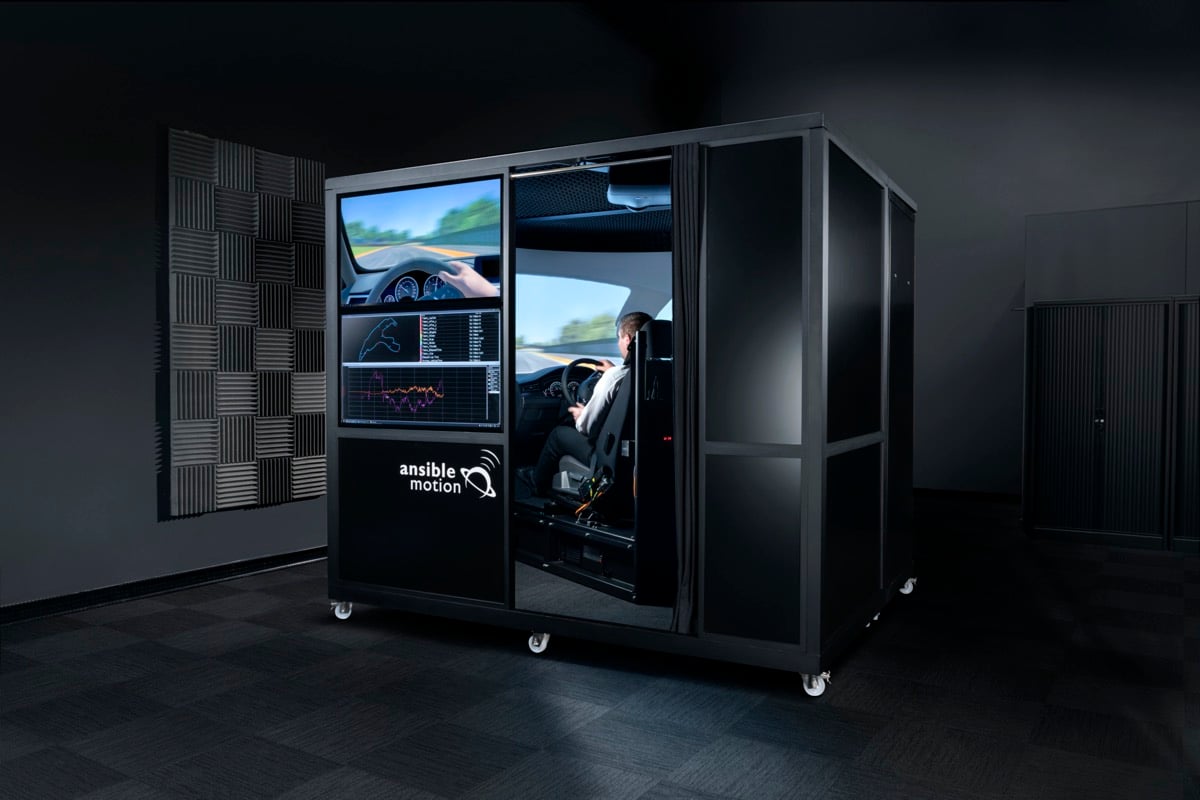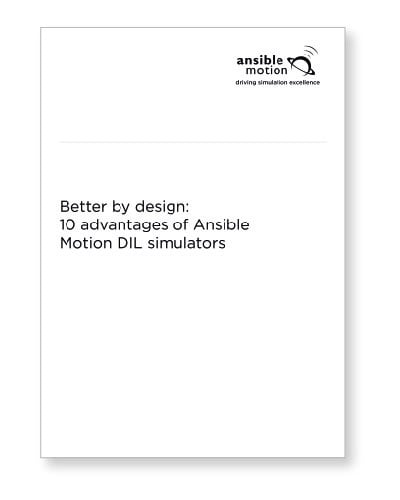 Designed to meet demand beyond traditional use cases, compact simulators are now offering opportunities across multiple departments of OEMs to solve market problems in a more immersive environment. Gone are the days of the simulator being solely the realm of chassis and dynamics engineers or human factors specialists. More powerful, immersive and accurate simulators, with the capability to validate AI, understand an interaction with parking assist technology or even control and receive feedback from an engine on a dyno in another building, means demand goes far beyond the established use cases.
Designed to meet demand beyond traditional use cases, compact simulators are now offering opportunities across multiple departments of OEMs to solve market problems in a more immersive environment. Gone are the days of the simulator being solely the realm of chassis and dynamics engineers or human factors specialists. More powerful, immersive and accurate simulators, with the capability to validate AI, understand an interaction with parking assist technology or even control and receive feedback from an engine on a dyno in another building, means demand goes far beyond the established use cases.
With more automotive engineering departments now realising what simulation can offer, driver-in-the-loop (DIL) technology is booming. Acknowledging this steep rise in vehicle technological development and validation, Reportlinker analysts are predicting that the driving simulator market will reach $2.4bn by 2025. Forget simulators as simply a place to check damper settings or human factors, engineers from all facets of the industry can see benefits for their role.

Ansible Motion Theta-C Driver in the Loop Simulator
User experience, driver assistance, human-machine interface, autonomous, seating, safety, legal departments and more are now trusting results gleaned from the virtual world that offers a repeatable and controllable environment. Having achieved the core fidelity needed to provide a convincing human interaction experience and valid data, driving simulators have come of age, backed by a long-life expectancy.
As vehicle complexity continues to increase, more pressure is placed on development timescales Having achieved core fidelity to provide a convincing human interaction experience, driving simulators have come of age. As demand grows for high fidelity simulators, a new breed of compact units is finding favour with OEMs and tier ones and resources, creating a burgeoning need for companies and departments to gain access to human-in-the-loop simulation technologies to validate hardware and software. Larger dynamic simulators are feeling the pressure of capacity to fulfil demand fuelled by the megatrends of autonomy, electrification, connectivity and driver assistance while legacy desktop products can’t provide the immersivity, fidelity or integration necessary for the growing range of crucial applications that are now so common.
This is driving the creation of a new class of compact and often portable simulator that responds to the short or long term need for departments that might be restricted by space or cost, to have access to dependable, rapid and powerful validation tools that can be deployed through the organisation in line with development programmes.
For a one-box robust engineered product, it can be a simple matter of wheeling it in, plugging in and starting work. They might be operated stand-alone or, increasingly nowadays as vehicle systems become more integrated, it can be a case of connecting them with external software-in the-loop (SIL) and hardware-in-the-loop (HIL) systems that might not even be in the same area.
Read the full article on Vehicle Electronics, please read on page 18.



